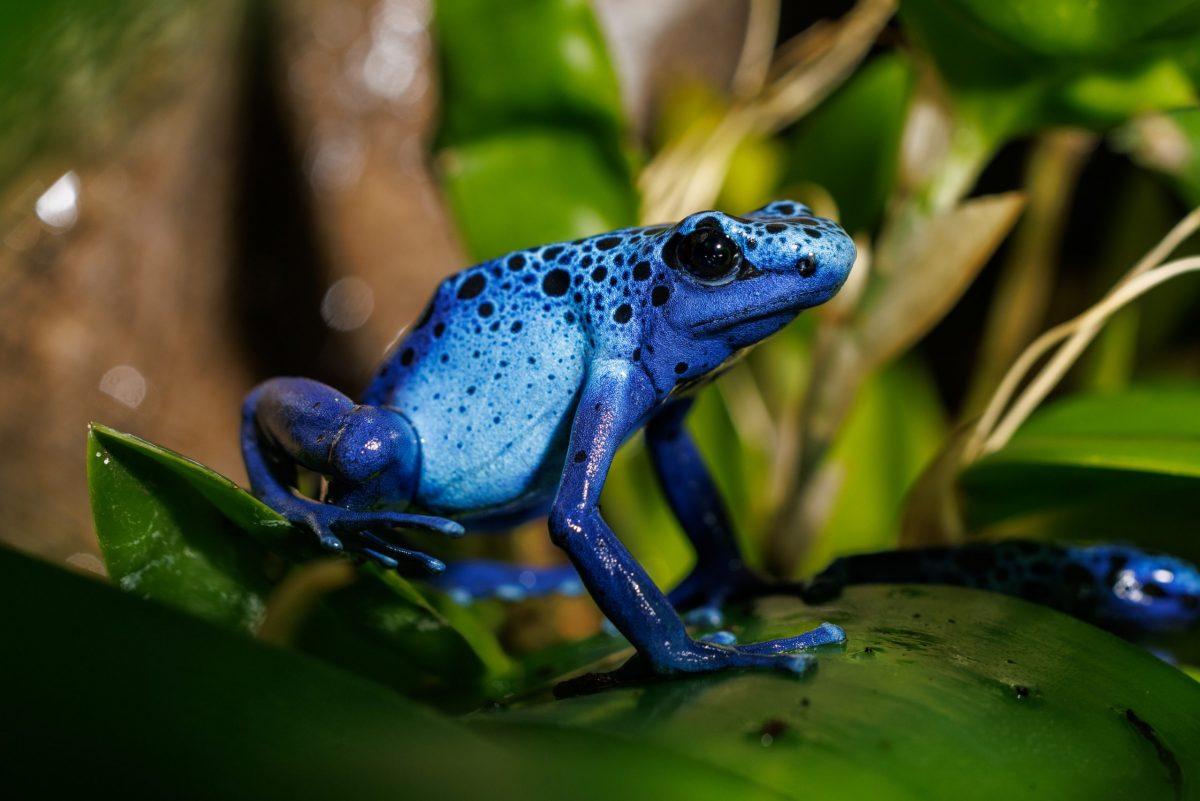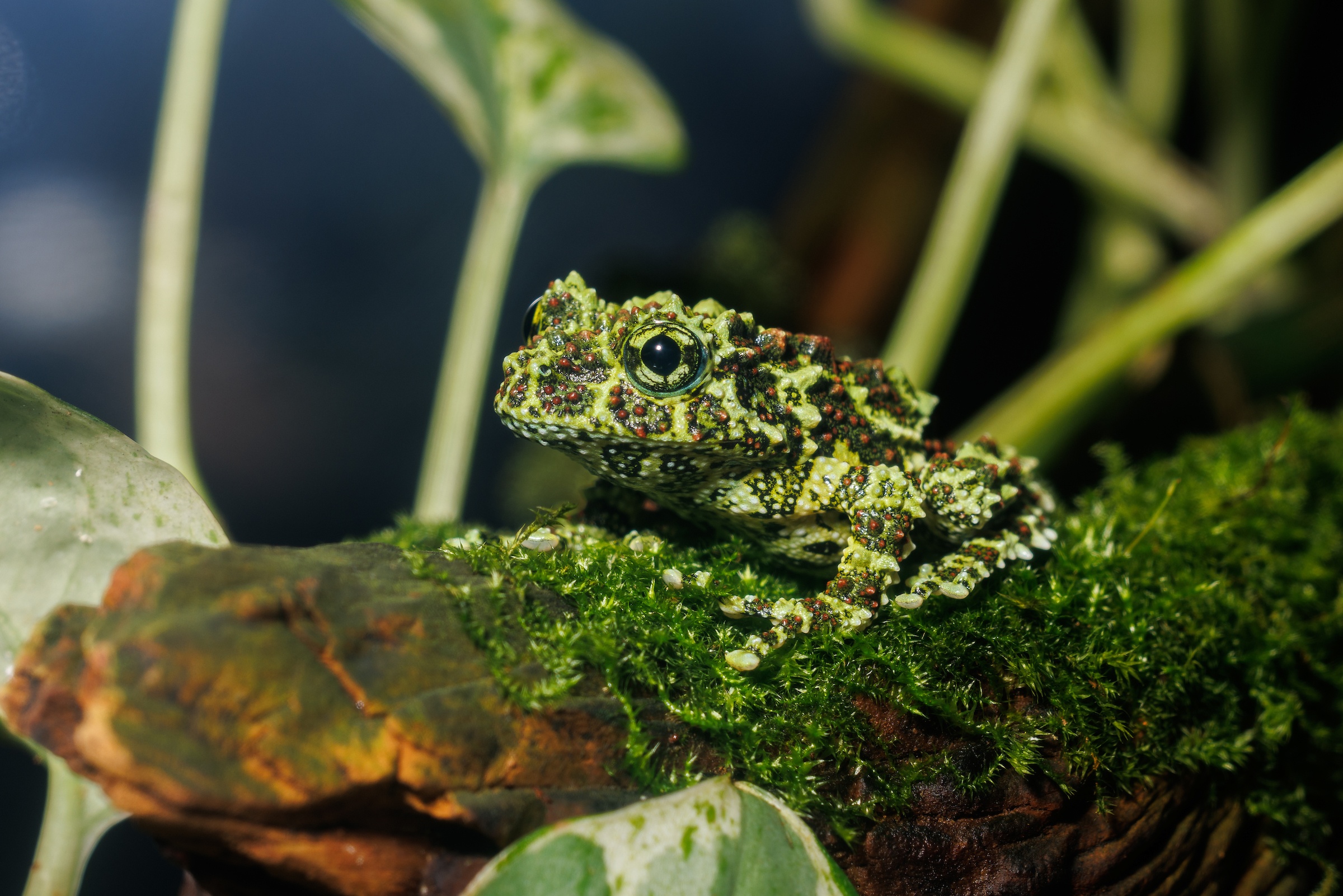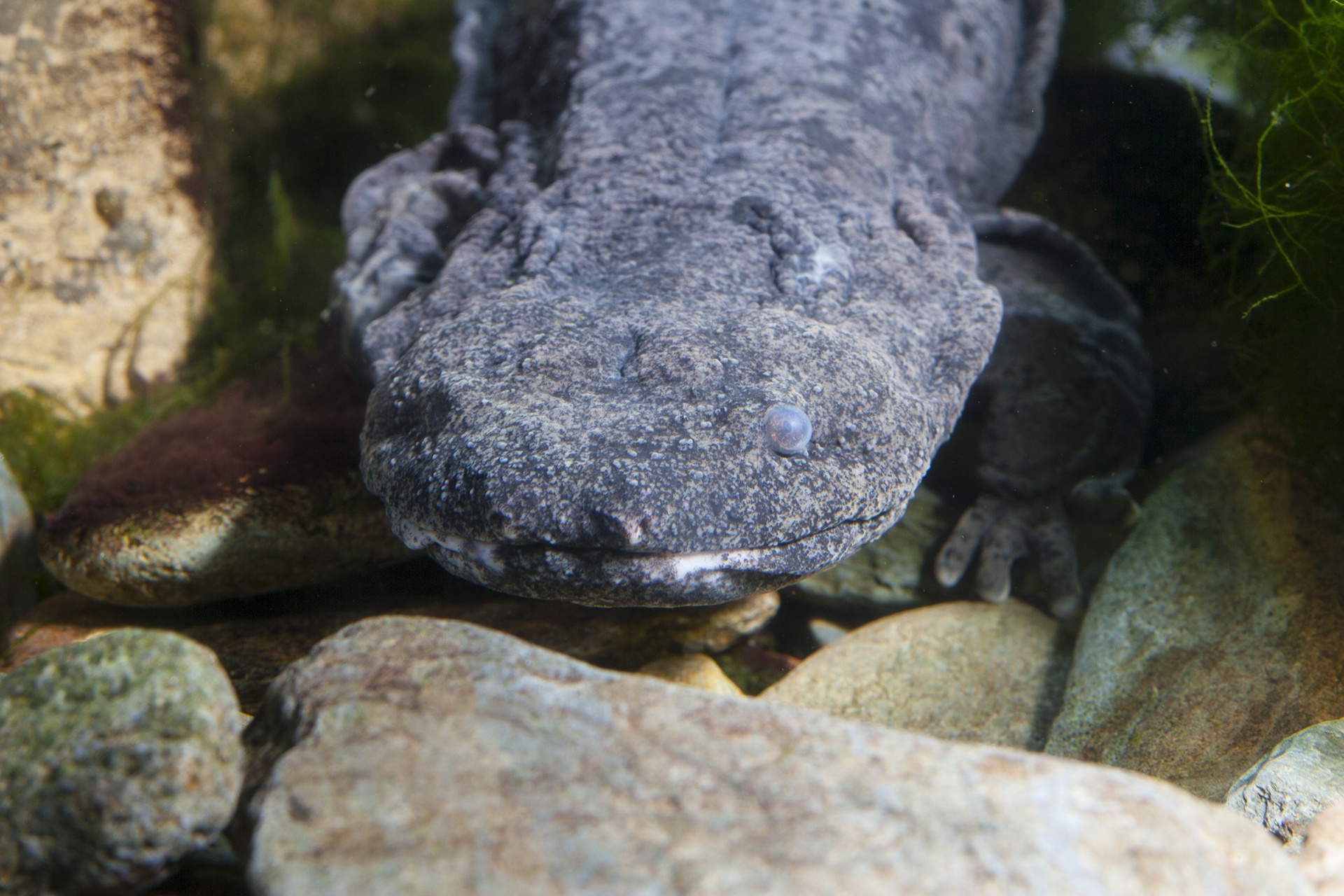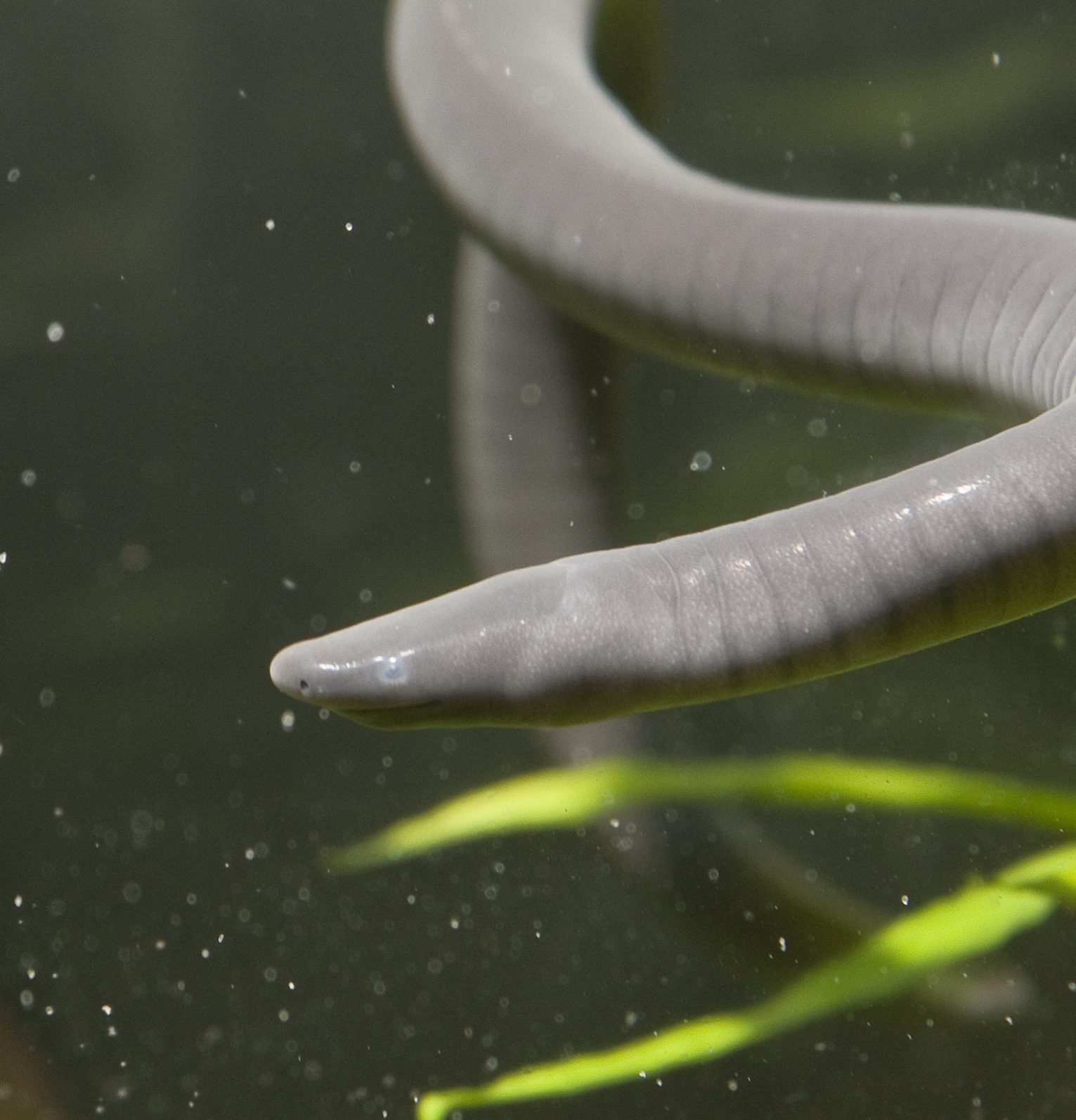In the wild, Poison Dart Frogs are among the most toxic creatures in the world. Their names come from their use by the indigenous peoples of Central and South America. There, hunters coat blowgun darts with potent batrachotoxin secretions from the frogs’ skin. Those poisonous properties come from their diet of insects like ants and termites, which they catch using their long, sticky tongues. Scientists believe these insects consume poisonous plant matter, whose toxins are then transferred to the frogs after eating. Since the Aquarium’s dart frogs are fed a diet of insects that do not eat poisonous plants, our facility’s frogs do not secrete these same toxins. Poison Dart Frog life cycles are similar to other frog species, progressing from eggs to tadpoles to froglets and, finally, adults. Attentive little parents, they carry their tadpoles on their backs once they hatch before transporting them to nearby bodies of water.
Dive in! Get exclusive updates from us when you subscribe to Aquarium emails.
This website uses cookies to ensure you get the best experience on our website. Read more

Blue Poison Dart Frog
Amphibians / Dendrobates tinctorius "azureus"
Length Up to 2"
Conservation Status
Not Evaluated
Data Deficient
Least Concern
Near Theatened
Vulnerable
Endangered
Critically Endangered
Extinct in the Wild
Range
southern Suriname
Habitat
rainforest
Diet
insects
Ask the Aquarium — What makes Poison Dart Frogs so toxic?
•
•


